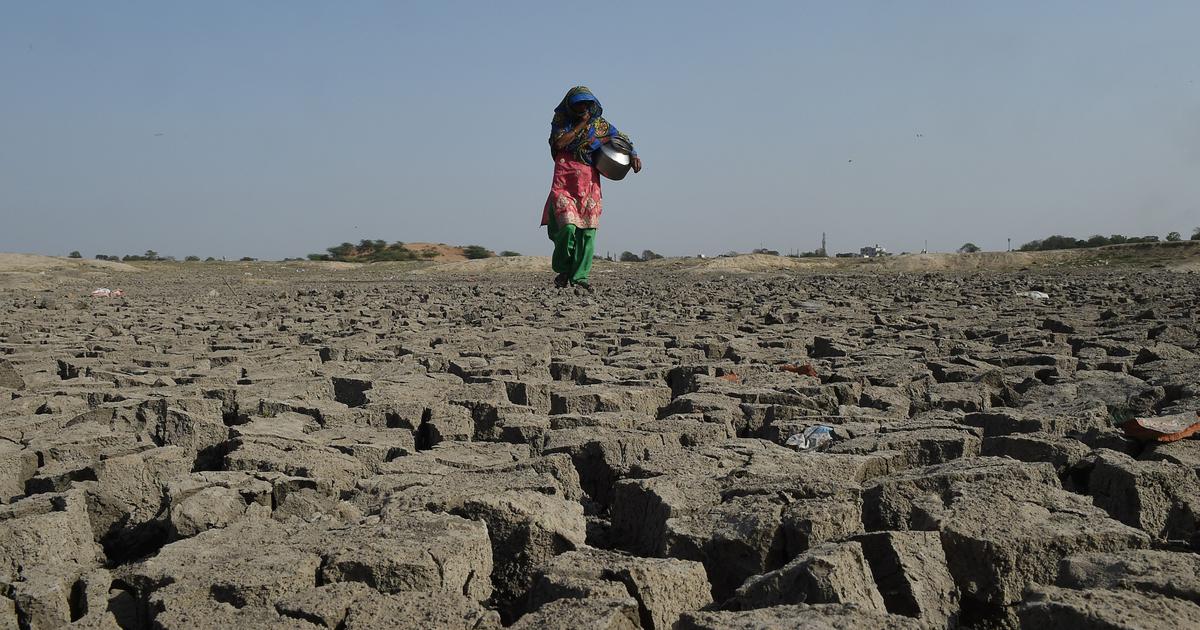India, a country already tormented by chronic poverty, developmental problems, and perils of overpopulation, is further burdened with acute climate migration internally as well as from neighboring countries. In the case of internal displacement, rural areas characterized by a loss of land productivity, and where conditions of drought and other cases of severe floods prevail, usually give rise to mass-migrations of people to urban areas in cities. For instance flooding in Uttarakhand and Sundarban region and droughts in States like Gujarat with majorly arid topography have led to migration towards the metropolitan cities of Delhi and Mumbai. According to data collected by the Internal Displacement Monitoring Centre between 2008-16, 200 million people have been displaced worldwide and in India 1.5 million people are classified as internally displaced every year.
In a training cum discussion session comprising reading led deliberations, exercises, and activities, we engaged with young policy students, professionals, and enthusiasts on the aforementioned policy issue. The session was aimed at revealing the policy gaps of climate-induced migration within India and enabling young professionals to recognize and identify actionable policy solutions through means of collective policy action. This Working Document is an outcome of our research, in the follow up to the said Policy Workshop. It is aimed at addressing the compelling concern of Climate-Induced Migration in India and contours effective policy suggestions that can assist in the identification of internal migrants to address the concerns of poor service delivery and social security policies in the wake of climate change.

